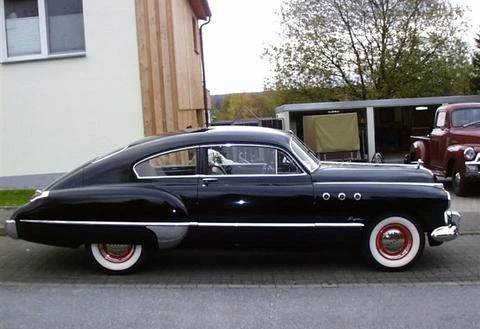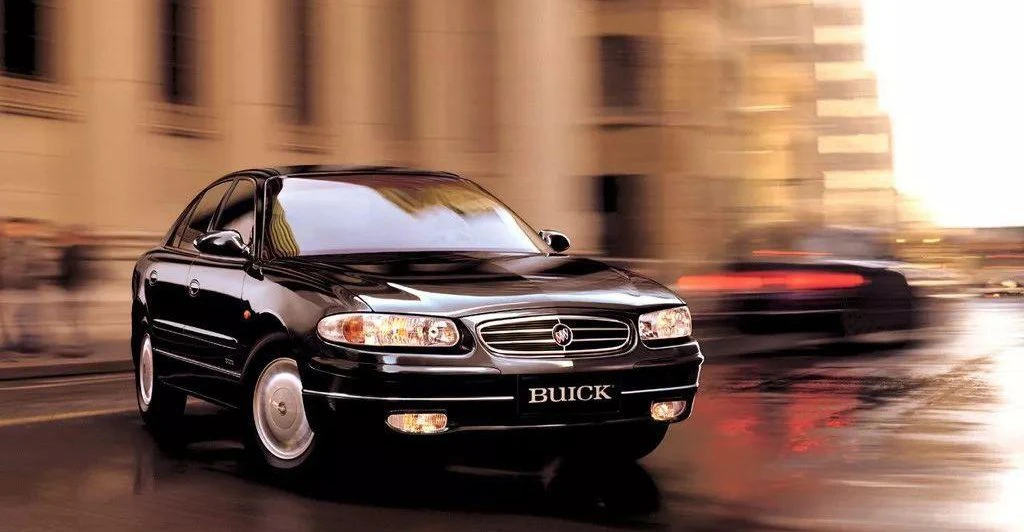Buick is a very familiar American car brand. It has been through 110 years since its birth in 1903. Now let’s review the Buick’s century-old car brand story, which happened during the development process. The story is divided into four parts, and this article is the second part.
Buick rises in three crises (1908-1941)
For a long time, Buick has been the most profitable brand of General Motors. However, due to the rapid expansion of GM, coupled with the impact of the sales of the Ford Model T on the sales of Buick, GM had serious financial problems in 1910. In order to avoid the bankruptcy of the company, Durant once raised the price of the best-selling Buick 10, but it still didn’t help. In the end, Durant temporarily left the company, and the company relied on the loans provided by a group of bankers to tide over the difficulties.

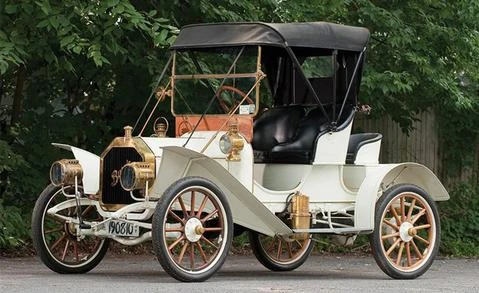
In 1911, Buick introduced the first model with a closed body, which was six years later than Cadillac, but four years earlier than Ford. During the First World War, Buick made war money and gained rapid development. The smoke of the war was also reflected in Buick’s 1915 advertisement. Influenced by World War I, Buick began to pay attention to the convenience and comfort of the vehicle. Inclined windshield and illuminated instrument panel began to be applied to Buick cars.

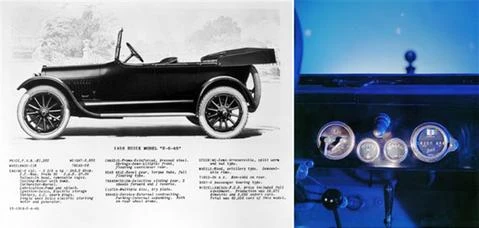
However, Durant, who regained control of GM, again caused a serious crisis in 1920 due to a series of mistakes. The result of this time was that Durant completely withdrew from General Motors, and Alfred Sloan took office in 1923. Sloan proposed a “market segmentation” reform plan. He believes that Cadillac, Buick, Oakland, Oldsmobile and Chevrolet should be dispersed to produce different grades of cars. After the implementation of this strategy, it quickly helped GM to surpass Ford and become the sales champion in the US market.

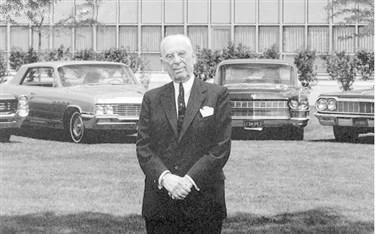
Sloan has developed a “comfortable, quiet and powerful” product tone for Buick, while retaining the luxury car concept that emphasizes advanced craftsmanship and design. Buick took the lead in applying the four-wheel brake system to production models. Other inventions and applications, including air filtration, machine filtration, adjustable seats, and hydraulic damping systems, have further contributed to the development of the automotive industry. Since 1925, Buick has also assembled and sold by CKD form in overseas markets.


In 1928, in commemoration of the 25th anniversary of the birth of the Buick brand, Buick redesigned the Master 6 to have a large fender, a bullet-shaped headlight, a lower chassis and a hydraulic shock absorber. The car’s powertrain is equipped with a Buick 6-cylinder overhead valve engine with a maximum power output of 74 hp and a maximum torque of 237 Nm. The Buick Master 6 Country Club Coupe version is equipped with a canvas canopy and a trunk volume equal to the size of a golf bag. The model was priced at $1,765 in that year and produced a total of 6,555.


From the late 1920s to the early 1930s, the global economy entered the Great Depression. Buick suffered a crisis test, and its car sales fell sharply, from more than 260,000 in 1926 to 41,000 in 1933. However, this situation will soon improve. Due to the economic downturn, the newly appointed Buick CEO Harlow Cordis decided to launch a more cost-effective model.

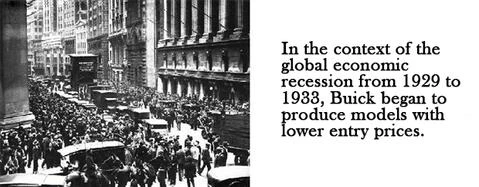
In 1934, Buick released a 40-series sedan that sold for only $865. The wheelbase is 2972mm and is equipped with a 3.8L inline eight-cylinder engine with a maximum power of 93 hp. The Buick 40 series has been recognized by the market as soon as it is launched. Together with the existing 50 series, 60 series and 90 series, Buick’s total sales in 1934 increased to 78,000.


In 1936, the team led by legendary designer Harry Earl brought an innovative design concept for the streamlined body to Buick. Buick thus embarked on the road to recovery, and the sales volume returned to 168,000 vehicles that year. Buick has also gave its model with a new name: Roadmaster (formerly 80 series), Century (formerly 60 series) and Special (formerly 40 series).

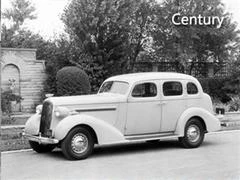


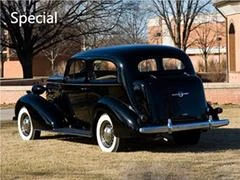

In 1938, the world’s first concept car Y-Job was born in the Buick factory. Concept car Y-Job pioneered the automotive industry using concept cars to describe product design and development. Y-Job is a two-seater roadster with an innovative boat body design and is known as the future car. Designed by Harry Earl, the car is equipped with a 5.2-liter inline eight-cylinder engine that delivers 141 horsepower. The curved windshield, concealed headlights, electric windows, and auto-retractable canopy used in the car were gradually applied to the production car, while the straight waterfall grille and the smooth and full body are still widely used in current Buick cars. In the same period, Buick’s use of built-in spare tires, rear turn signals, and so on, has also improved the convenience and safety of people driving cars.


Y-Job is not only a concept car, but in 1939, Buick designed the production car Sedanette with Y-Job as the blueprint. The car was also a private car of Harry Earle himself in the 1940s. In 1941, Buick’s power technology was further upgraded, and the birth of the Compound Carburation increased engine output to 165 horsepower. Buick used this technology for all the major models in that year and became the most powerful production car in the United States.

